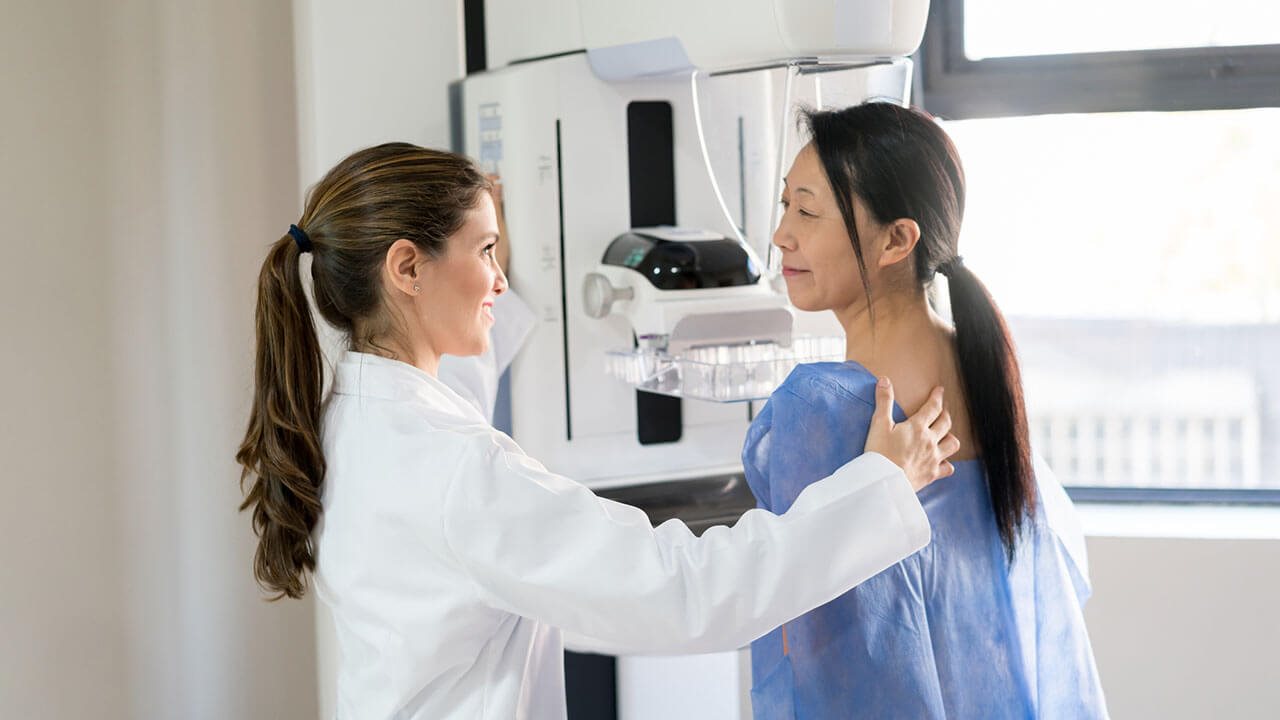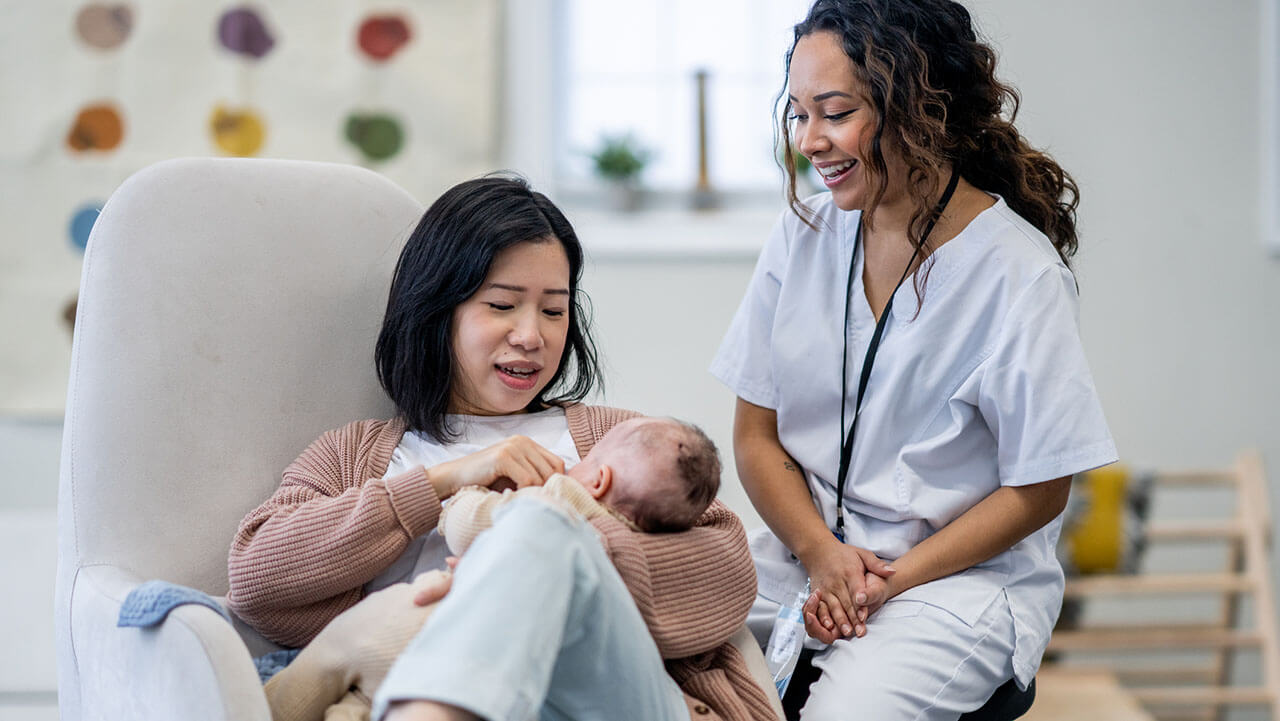

What is a colposcopy?
A colposcopy is a procedure to examine your cervix. It’s a very safe and standard procedure with very few risks. It may be recommended if:- your Pap results were abnormal
- your cervix looks abnormal during a pelvic exam
- tests show you have the human papillomavirus, or HPV
- you have unexplained bleeding or other problems
What to expect
The procedure is minor and can be performed in the office. During a colposcopy, a speculum is inserted into your vagina and a special vinegar-like solution will be applied to your cervix with a cotton swab to help locate any abnormal cells. Then, a special microscope called a colposcope will be inserted to examine your cervix and vulva.Depending on the degree of abnormality of the cells, your provider may or may not take a small tissue sample – a biopsy – to be tested for any cervical abnormality. This may be uncomfortable and you will feel pressure or mild cramps, but the procedure shouldn’t hurt. Based on the biopsy results, your provider will talk to you about follow up care or treatment.
How to prepare
- Don’t put anything inside your vagina, such as creams. This will make it hard for your provider to see your cervix.
- Don’t use tampons or have vaginal intercourse for a few days before.
- If you are menstruating, and your bleeding heavily, call your provider to reschedule.
- Let your provider know if you are:
- taking medicines that thin your blood. These could cause heavy bleeding during your procedure, especially if you have a biopsy.
- pregnant. You can still have a colposcopy, but they may not take a biopsy.
What to expect after
After the colposcopy and the cervical biopsy, you should be able to go back to work or school right away. You may be a little sore and have some brown or black discharge, which should clear up in a few days. You should avoid intercourse, tampons and douching for at least 48 hours.Call your Prevea health care provider right away if you show any signs of infection, such as:
- Fever of 100.4 F or higher
- Heavy, yellow, stinky vaginal discharge
- Severe pain in your lower abdomen that isn’t relieved by over-the-counter pain relievers
- Vaginal bleeding lasting more than seven days



